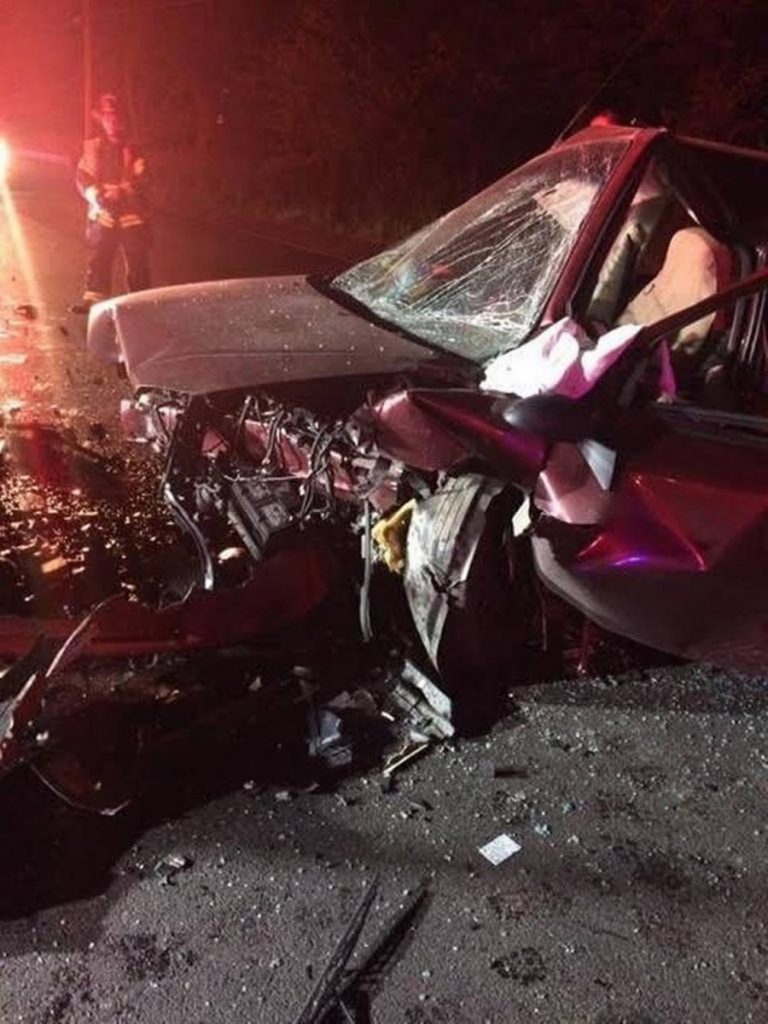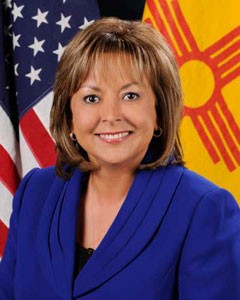A stoned driver killed high school senior Cheyllyn Ranae Collinsworth, 18, on May 17, 2017. “Chey,” as she was called, would have graduated as one of the top 25 students at Centralia High School. She planned to attend Central Washington University and pursue her dream of becoming an elementary school teacher.
Our condolences go out to the grieving family. Another young person’s life on earth ended too soon.

The driver, 25-year-old Donald Siegler, crossed the center line of Old Highway 99 at Oregon Trail Road. He is extremely sorry and remorseful, according to his Facebook posts.
Washington Attorney General Bob Ferguson, who bragged that he will defend Washington’s marijuana program should be sorry, too. He said, “My office will use every tool at our disposal to ensure that the federal government does not undermine Washington’s successful, unified system for regulating recreational and medical marijuana.”
However, another family must live with a big hole in their hearts.
Other Marijuana Driving Victims in Washington
Cheryllyn’s death adds to a growing list of victims in Washington who are also young people. Since Washington legalized marijuana for recreational purposes, drivers under the influence of marijuana killed these students (and perhaps others).
Cadence Boyer, 7 (killed from accident on sidewalk on Halloween)
High School Students
Jenna Farley, 14,
Kassidy Clark, 16
Luther Stroudermire, 18
Shane Ormiston, 18
Gabriel Anderson, 15
Cheyllyn Collinsworth, 18
Marijuana contributed to other deaths in Washington:
Blake Gaston, 23
Stephanie Nicole Proffitt, 27
Bicyclist killed in Spokane, July 16, 2015
Jennifer Berry, 43
Maria Hoagland, 61, (driver had “medical” marijuana card; both marijuana and Suboxone – was “medical” marijuana for opiate addiction?
In Washington the percentage of traffic deaths involving stoned drivers is nearly the same as those involving those under the influence of alcohol, 27% vs. 29%. It is unbelievable that any state would add to the problem of drunk driving by calling for a policy that increases stoned driving and results in a higher rate of traffic deaths.
Hamza Warsame, 16, another young victim in Washington, died from suicide while under the influence of marijuana. How can Washington — with so many young victims — continue to defend a marijuana policy that goes against federal law? Read the next post for information on Attorney General Jeff Sessions’ letter to Washington’s governor.




